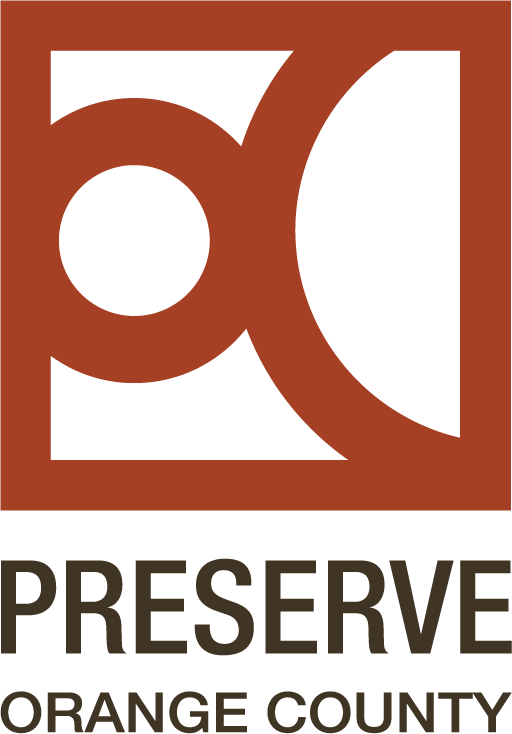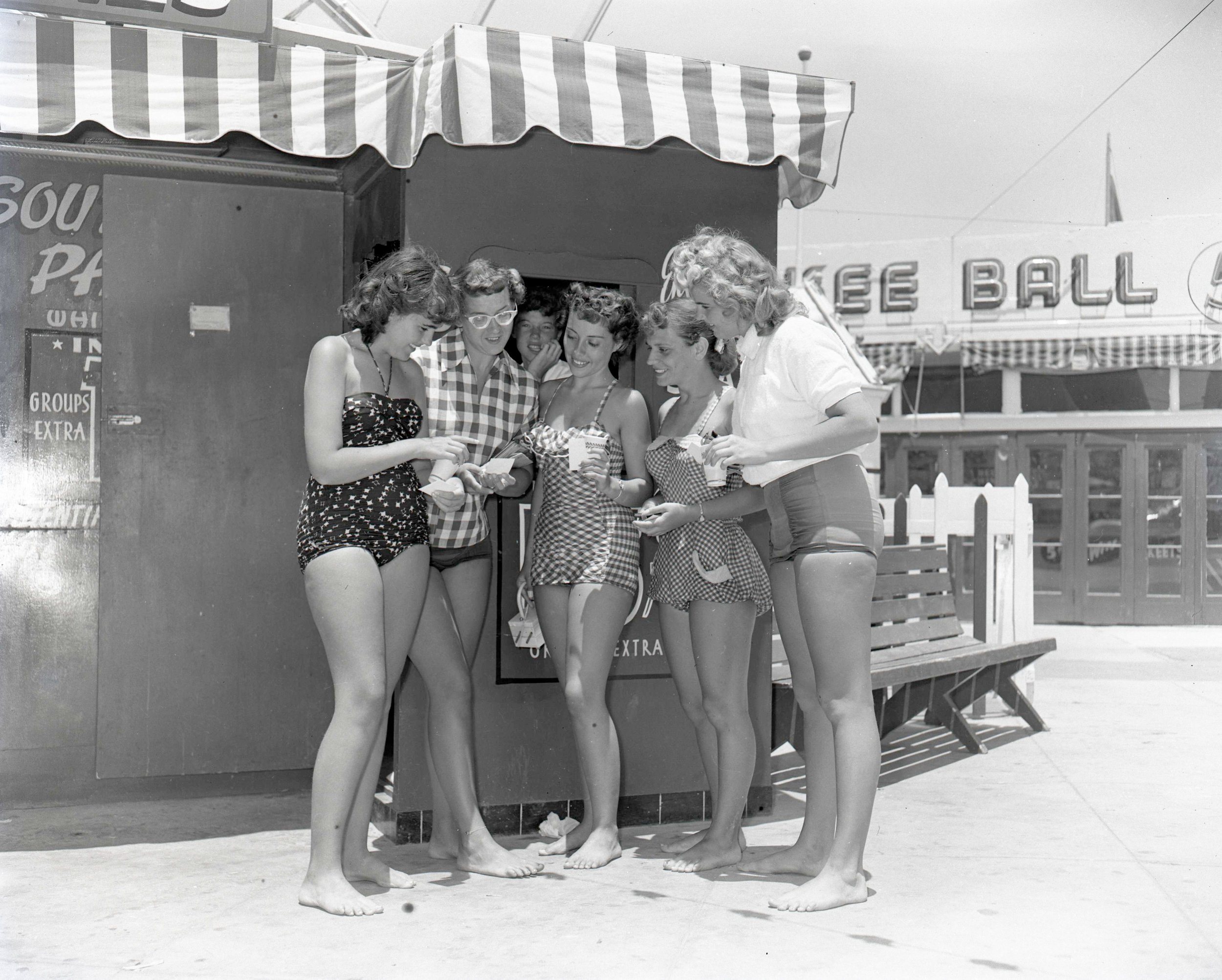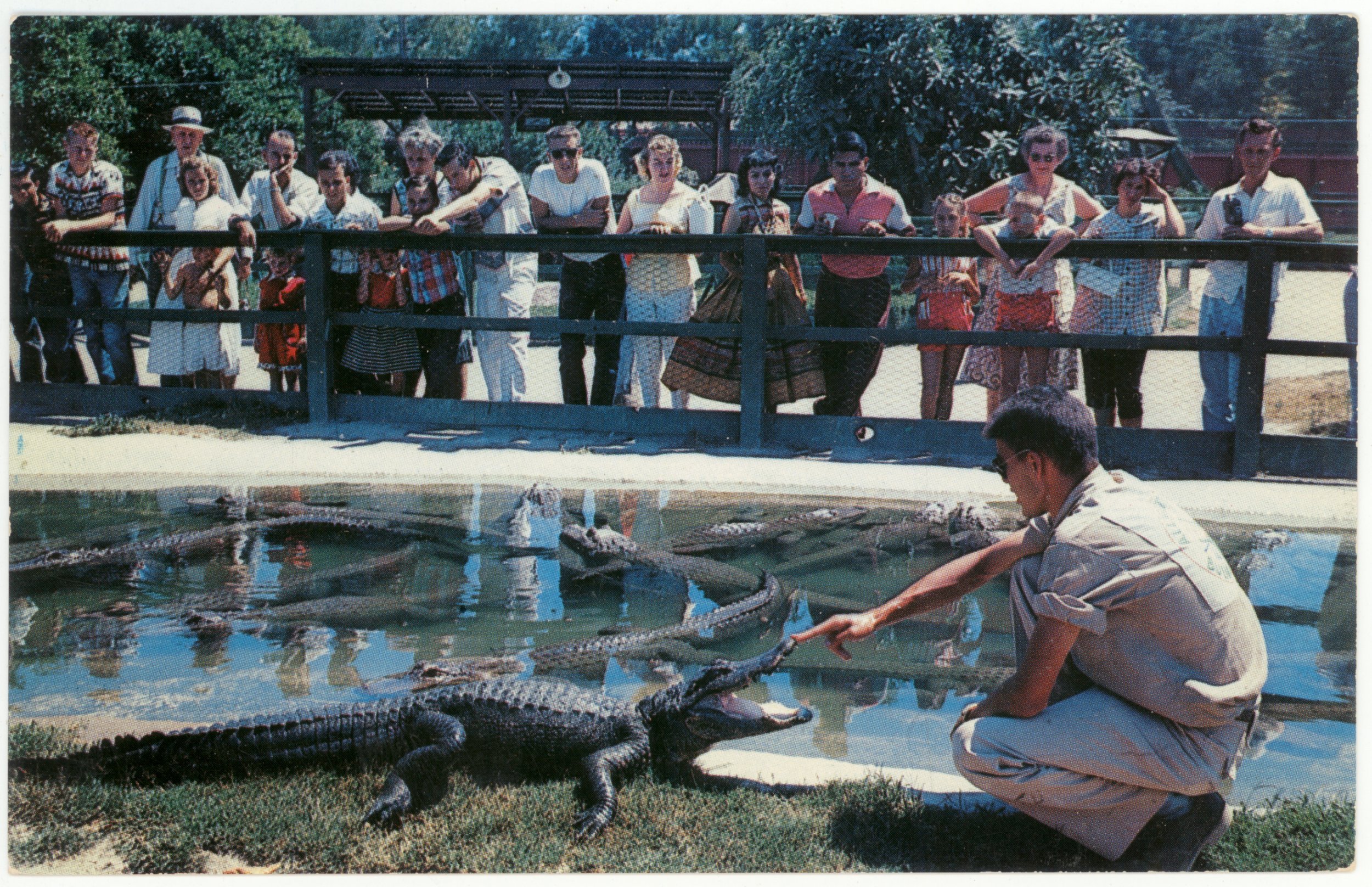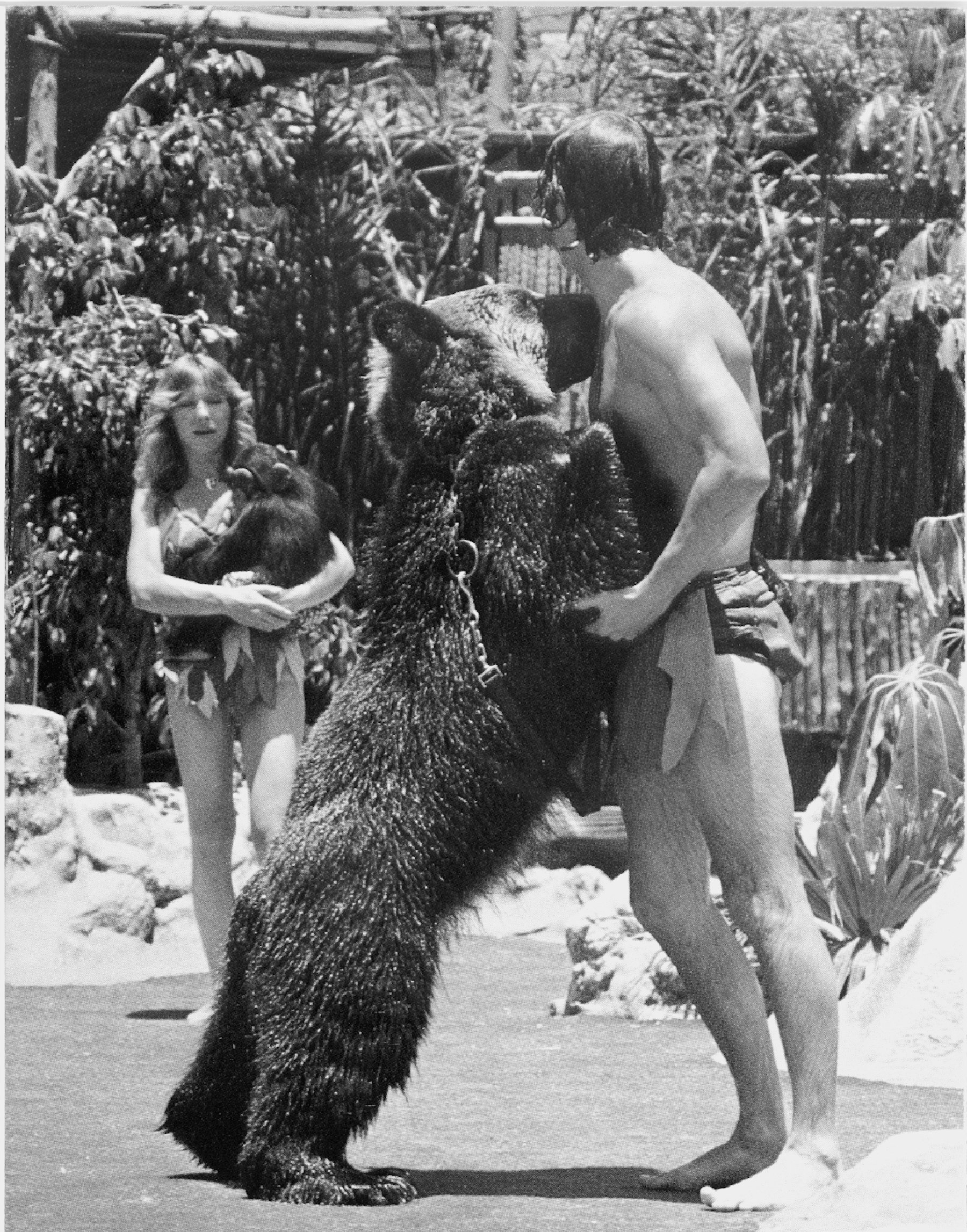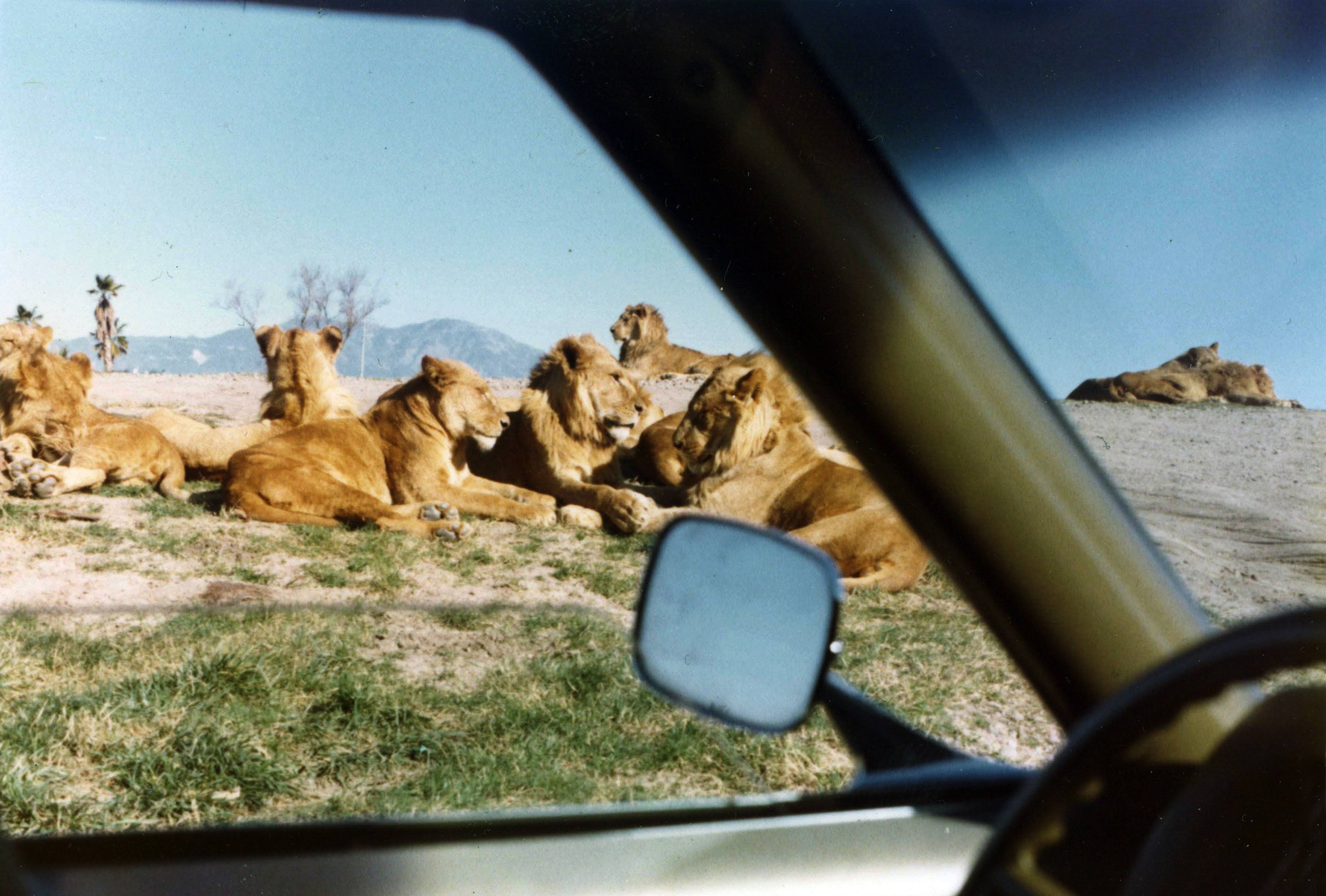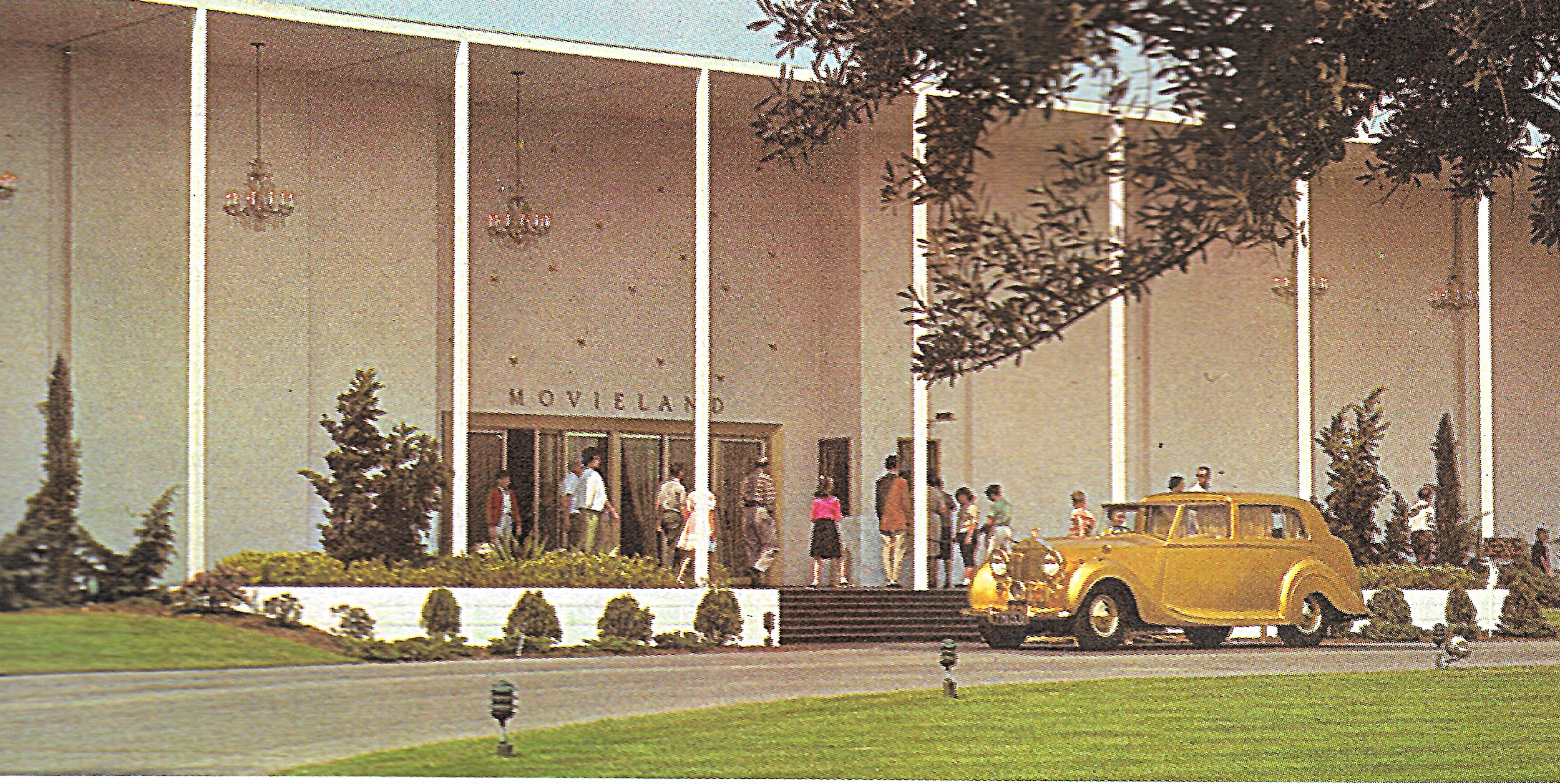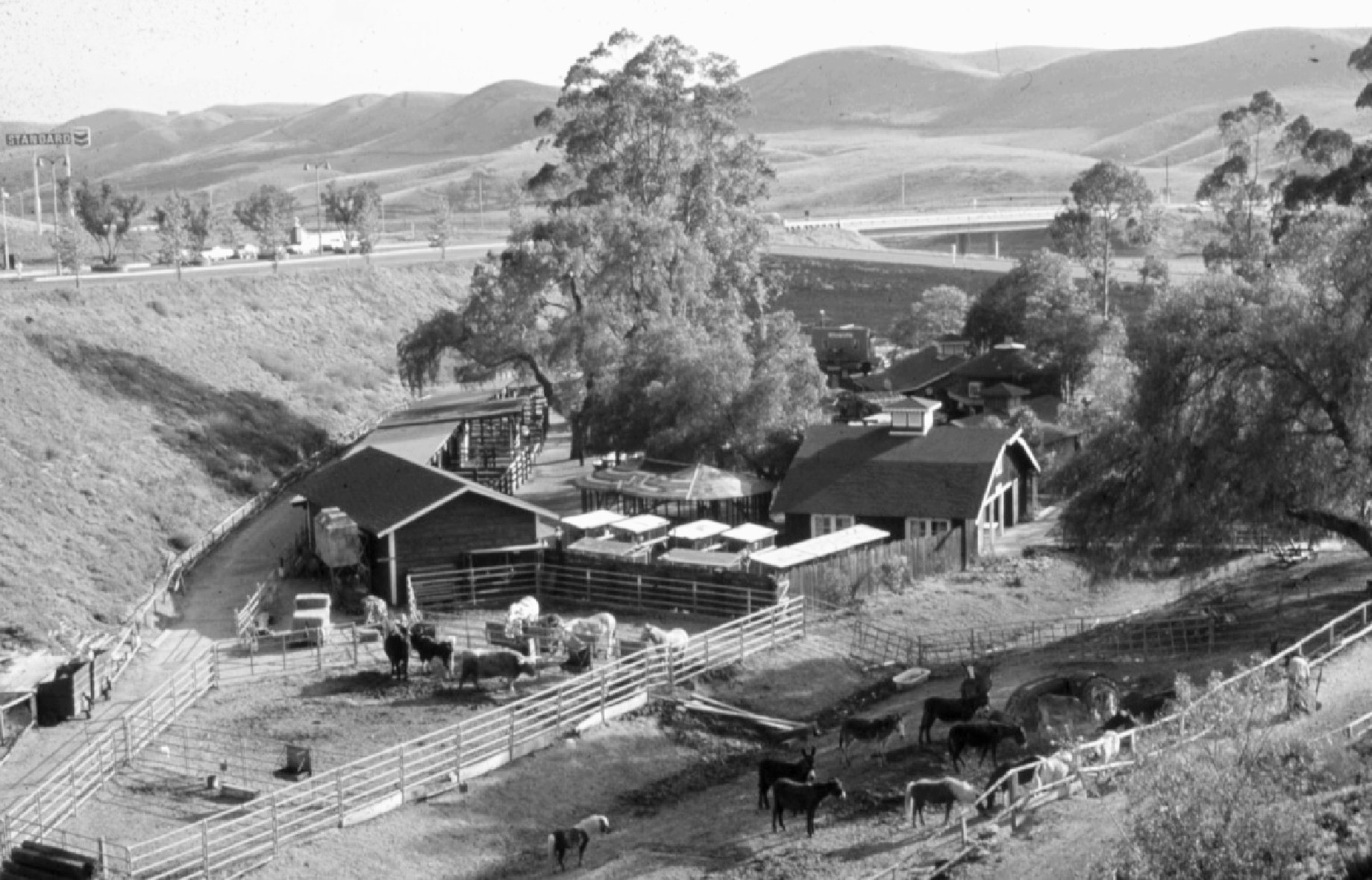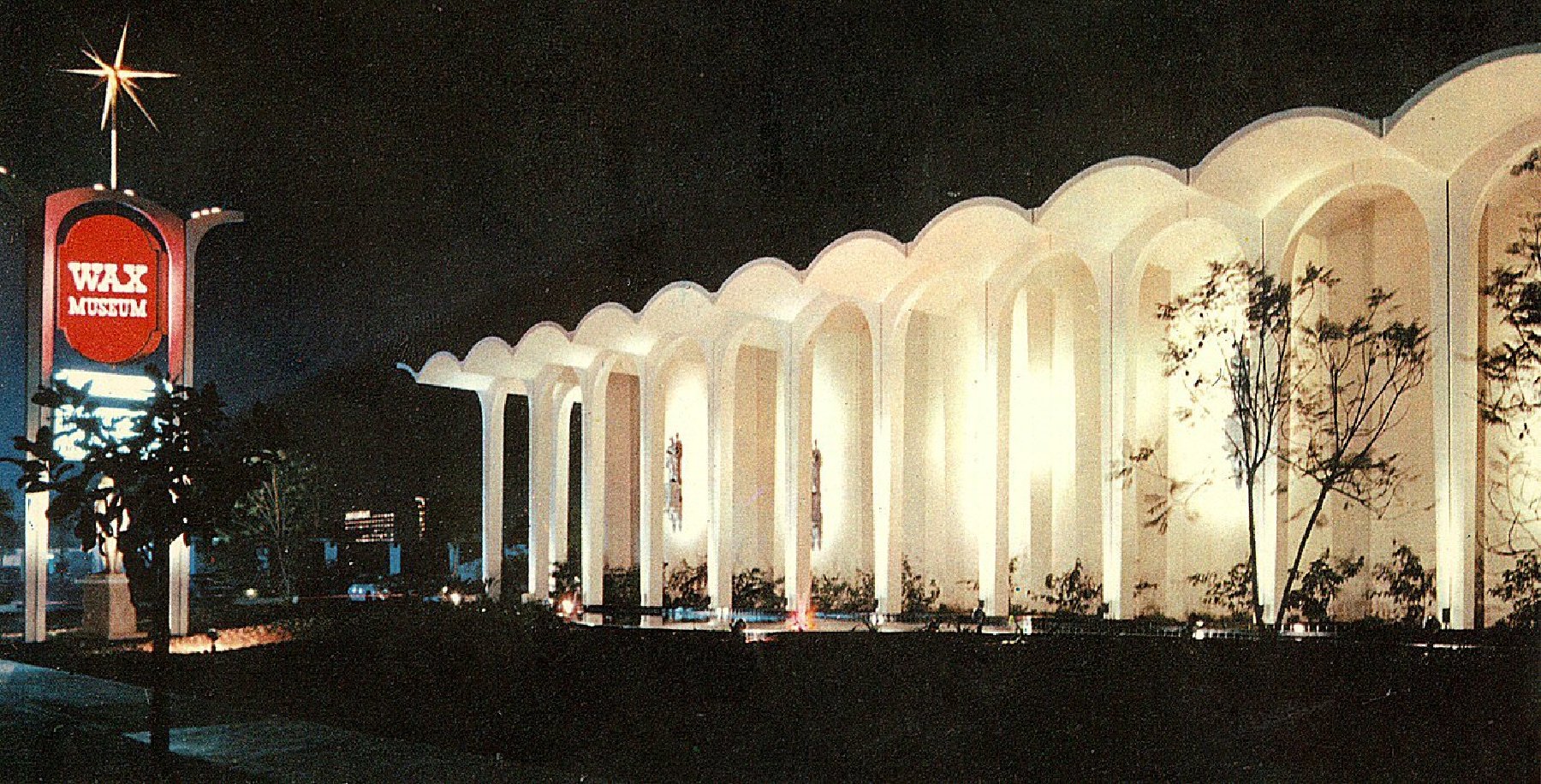OC's Lost Amusement Parks
BY LISA HALLETT TAYLOR
Revisiting Orange County Attractions from Lost Amusement Parks of Southern California- The Postwar Years
After World War II, Southern California was inundated with people moving to the region, companies building headquarters and factories, and developers sizing up all that land being used to grow citrus, celery, and lima beans. Tract houses were built, all looking alike from an aerial view, but residents were proud to have their own homes and start families. Infrastructure was created: roads, highways, commercial buildings, power, and sewage to provide for and facilitate the lives and needs of growing communities.
People were ready to have fun again, to experience the spontaneous pleasures they missed during the war years; simple and inexpensive things like visiting piers, and enjoying a day at the beach followed by arcade games, hot dogs, and rides on Ferris wheels. Seaside parks and kiddielands proliferated in Southern California, followed by parks built around concepts and characters: Western movies, land and sea animals, Santa Claus, and Hopalong Cassidy.
But it was Walt Disney who eyed the attributes of Orange County in the early 1950s for the ultimate theme park: Disneyland. “I had the good fortune and privilege to work for Disney, who I believe was responsible for creating the industry known as theme parks,” says artist and Imagineer Rolly Crump, known for his imaginative designs for attractions like It’s a Small World and The Haunted Mansion.
Before Disneyland, other entrepreneurs recognized the appeal of Orange County, not to mention all that wide, open land. After Disneyland opened in July 1955, Southern California–and notably Orange County–enjoyed a few decades as the family vacation and tourist capital of the world.
Here’s a look at the amusement parks and tourist attractions that helped put Orange County on the map.
BALBOA FUN ZONE, NEWPORT BEACH
Newport Beach’s little bayfront amusement park was built in 1936 and entertained locals and tourists for decades. From the 1920s to the late 1960s, students flocked to the area during spring break, known as “Bal Week”, for camping, partying, and enjoying the games and rides. Another draw was the record shop of legendary surf guitarist Dick Dale. In the evenings, Dale and his band, the Del-Tones, would perform at the nearby Rendezvous Ballroom. After a few stops and starts, a pared-down fun zone still operates on the site.
BUFFALO RANCH, IRVINE
Building contractor Gene Clark leased 115 acres from the Irvine Co., shipped 72 buffalo from his Kansas ranch, and opened a family theme park in the rolling hills of Newport Harbor. Among the attractions were teepees, a train, mule and pony rides, a trading post, and a petting zoo. Visitors enjoyed burgers made from buffalo. Yes, the buffalo that roamed the hills. The ranch closed in 1959. In 1961, the barn and silo were converted into offices for Irvine master planner William Pereira.
CALIFORNIA ALLIGATOR FARM, BUENA PARK
The former Los Angeles Alligator Farm moved from Lincoln Heights to the future amusement park mecca of Buena Park in 1953. Its 1,000 alligators and assorted reptiles drew visitors to its location across the street from Knott’s Berry Farm for three decades. The surviving alligators retired to their native habitat in Florida.
ENCHANTED VILLAGE, BUENA PARK
Spearheaded by celebrity animal trainer Ralph Hefler, this short-lived park opened on the grounds of the Japanese Village and Deer Park. The 32-acre park was described as a gentle jungle with aquatic shows and “happenings”, like a woman strumming a guitar on a grassy knoll with a lion at her feet or a man covered in tarantulas. Attractions like the Bicentennial Tribute to Animals and a mythical swampland show couldn’t compete with Disneyland and Knott’s; Enchanted Village closed in 1977.
JAPANESE VILLAGE AND DEER PARK, BUENA PARK
The theme park opened its torii gates in 1967 and was inspired by Japan’s Nara Park. Visitors could stroll among the 300 deer, koi ponds, pearl divers, and a teahouse that served noodles, sushi, and hot dogs. The park was dreamed up by Allen Parkinson, who made his fortune with Sleep-Eze and later opened Movieland and the Palace of Living Art–all in Buena Park. It closed in 1974.
JUNGLE GARDENS, ANAHEIM
In 1953, wild animal lovers Jack and Dorothy Dutton opened a small zoo, tropical restaurant, beauty parlor, and gift shop at their five-acre compound in Anaheim. The star of Jungle Gardens was Jerry, “the world’s most human” chimpanzee. Jerry dined with the Duttons, brushed his own teeth, helped water the grounds, and entertained guests with his boyish antics. The park closed in the mid-1970s.
KNOTT’S BERRY PLACE, BUENA PARK
What started as a berry stand and chicken dinner restaurant in the 1920s on Highway 39–eventually Beach Boulevard–grew into a roadside attraction that added a Ghost Town and other Western relics. Sensing competition from nearby Disneyland, Walter Knott enlisted amusement ride builder and engineer Wendell “Bud” Hurlbut to recommend attractions. Among Hurlbut’s contributions: a carousel, the Calico Mine Ride, and Timber Mountain Log Ride. In 1947, the growing park became Knott’s Berry Farm.
LION COUNTRY SAFARI, IRVINE
In 1970, before animal rights activism was in our collective consciousness, Irvine was reimagined as Africa–bringing the wild animals to those who weren’t likely to travel to Botswana. Visitors would drive their cars through the grounds, witnessing giraffes and zebras in what was supposed to be their natural habitat. The animals’ unpredictability was part of the park’s appeal. People recall lions leaping into truck beds, monkeys jumping up and down on car hoods, and ostriches blocking the road. An old lion from a Mexican circus named Frasier became an international sensation when he fathered about 35 cubs in a year. The park closed in 1984, partially due to declining attendance.
MISSION WAX MUSEUM, SAN JUAN CAPISTRANO
Capitalizing on the popularity of Mission San Juan Capistrano, the Mission Wax Museum opened across the street in 1966. There, visitors were entertained by a diverse collection of wax figurines and tableaux, including President and Mrs. John F. Kennedy, Alice in Wonderland, and assorted Communist leaders. The museum lasted for about one year.
MOVIELAND WAX MUSEUM, BUENA PARK
A visit to Madame Tussaud’s in London reportedly inspired Allen Parkinson to bring the glamour of wax to Buena Park. The museum was designed by architect Jack J. Strickland (who worked with George Montierth in Long Beach, opened in 1962, and was noted for its curved portico and 10 chandeliers. Each time a wax figure was unveiled, the celebrity was chauffeured to the museum in the Movieland gold Rolls Royce. The museum closed its doors in 2005.
MOVIE WORLD, BUENA PARK
Buena Park was once blessed with two film-related museums. Movie World featured an array of props, celebrity memorabilia, historic and custom cars, and fun house attractions like a Chamber of Horrors and a giant fun tube. In 1973, the museum restructured itself as the Movie World Cars of the Stars and Planes of Fame. It was home to more than 600 vehicles, a dinosaur egg from Planet of the Apes, and 750 radiator ornaments. Movie World closed in 1979.
OLD MACDONALD’S FARM, MISSION VIEJO
The petting zoo relocated from Knott’s to the new master-planned community of Mission Viejo in 1970, where the Kaleidoscope shopping/restaurant complex is located. Locals have fond memories of visiting the farm and attending birthday parties, where they romped with farm animals and rode on the low-tech, old-fashioned rides and farm equipment.
PALACE OF LIVING ART, BUENA PARK
Adjacent to Movieland, Allen Parkinson opened the Palace of Living Art in 1966. Parkinson’s idea was to enrich the lives of those without the means to travel internationally by bringing the world’s finest art to Buena Park. Taking it a step further, Parkinson had famous statuary and paintings brought to life in 3D interpretations. Among the exhibits: a 10-ton, 18-foot replica of Michelango’s David in the outdoor courtyard; Leonardo da Vinci painting Mona Lisa; and Vincent Van Gogh sitting in the Bedroom at Arles.
WIDE WORLD IN WAX, ANAHEIM
Anaheim had its own wax museum, which opened in 1966 right across from Disneyland in a New Formalism building designed by Huntington Beach architects Richard Layne Tom and Jan Truskier. Populated with figures from the New York World’s Fair, the eclectic mix included Superman, Maurice Chevalier, and Napoleon. Plans to add wax likenesses of Pulitzer Prize-winning authors were never realized; Wide World in Wax closed in 1967 and became a Holiday Inn.
Author Lisa Hallett Taylor Is a Southern California native who has fond memories of many of the parks covered in her book, including Lion Country Safari, Marineland, Busch Gardens, Movieland, the Japanese Village and Deer Park, and the Long Beach Pike. Taylor has written for newspapers, magazines, websites such as the Los Angeles Times, Emmy Magazine, About.com, and TheSpruce.com and was an editor/writer for KCET Los Angeles. She is also a midcentury historian and genealogical researcher.
